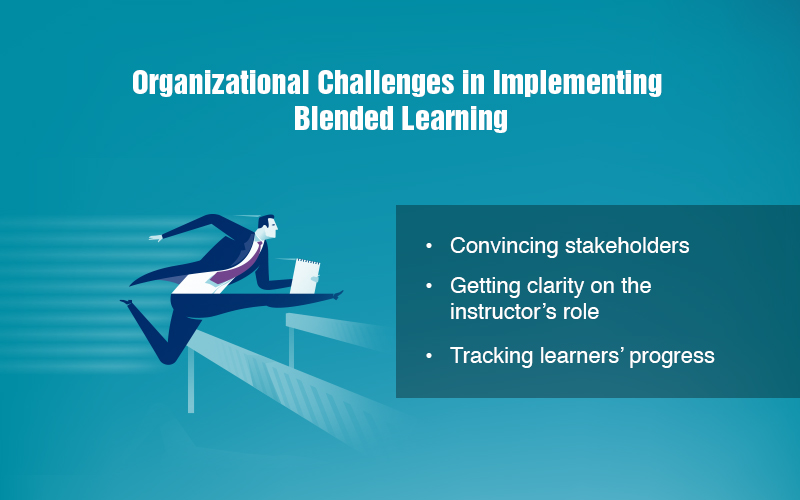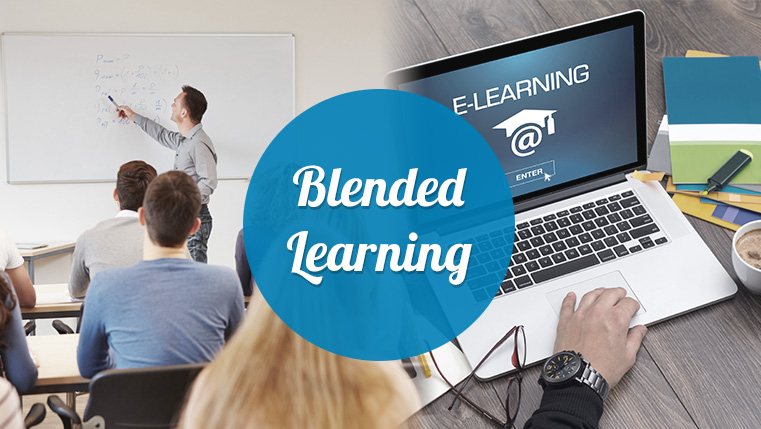Harnessing the Power of Reflective Learning in Online Training: 5 Benefits

Every organization tries to get more from its training programs – both classroom as well as online. With so much to learn, and very little time to learn, the pressure is not just on learners, but also on the functional and training managers involved in designing training programs.
How do you increase the effectiveness of learning? Incorporating reflective learning in your online training programs is a strategy that can be used to deliver an efficient, effective, and engaging learning experience.
5 Benefits of Reflective Learning
Reflective learning can make your online training engaging and effective. Here are the ways in which it benefits learners and the corporate training program as a whole.
- Gets Gray Cells Ticking
- Encourages Deep Learning Experiences
- Improves Competencies
- Enhances Quality of Training
- Supports Knowledge Sharing
What is Reflective Learning?
When we recollect what we have learned, think deeply about how the learning is going to help us, and apply the knowledge that we have gained, that is reflective learning. In e-learning, reflection is effective when it is thoughtfully integrated into the course activities. How can you do this and what benefits does reflective learning bring to corporate training? Find out.
1. Get Learners to Think
Reflective learning can get your learners gray cells ticking. Let’s consider the example of an online training for your sales team on the essentials of communication. The course has already covered the topic of communicating effectively with potential customers. The training program can include scenarios that show a sales professional talking to a potential customer.
The conversation reaches a point where the sales team member has to respond appropriately to the potential customer’s question. Stop here! This is a point where you can include an activity that promotes reflection.
Ask learners a couple of open-ended questions. Get them to think about the following:
- What can possibly happen if the sales professional does not give satisfactory answers to the potential customer’s questions?
- What is the right way to respond to the customer’s question?
By offering an opportunity to reflect, you are getting learners to think about the concepts of sales communication that you have already taught. You can then let learners proceed with the scenario that shows them the right way to respond to the customer’s queries. This helps learners tie what they have learned to its actual application through scenario-based learning.
2. Promote Deep Learning Experiences
Learning is a continuous process and if learners are encouraged to reflect, it can automatically promote a deep learning experience. One way to promote a deeper learning experience is through the use of a reflective journal in your online training program. At various points in the course, learners are directed to the journal to record their reflections.
They can also make a note of questions they might have on the topics covered in the e-learning course. At the end of the course, learners can either mail the journal to a coach or mentor assigned to the online training program, or in case of a blended learning program, they can discuss these queries or share their reflections in the classroom.
Assessments included in e-learning courses can provide constructive feedback that again fosters a deep learning experience.
In one of the courses we developed on food safety, learners had to guess what’s wrong in a picture. The picture showed liquid spilled on the floor. The learner had to click on the area of the picture that showed the spilt liquid. Instead of simply providing feedback that said “Yes, you are right”, we included feedback that provides the consequence (liquid spilt on the floor is a hazard that can lead to injuries) and a handy tip (When the floor is wet, be cautious and warn people around you).
In this case, providing reflective feedback improved course effectiveness.
3. Improve Competencies of Learners
Reflective learning can improve competencies of learners in 2 ways:
By building on existing knowledge – For example, when learners are required to take a pre-test before they proceed with an e-learning curriculum, they are offered an opportunity for reflective learning. When they are able to answer questions in the pre-test based on their existing knowledge, they might be able to skip the basic level of the course and proceed to the next level of the course in the e-learning curriculum.
By improving decision-making skills – A sales training program that trains learners on closing a sales call effectively is an example to consider. Learners are presented with a scenario and asked to make a choice from the options given. The learner reflects on these choices and depending on the choices he makes, he is taken through a unique learning path in the course. Learners are able to understand the consequences of their decisions and in the process improve their competency levels.
Consider the example of a course that trains classroom trainers, where trainers need to learn the dos and don’ts of dressing, body language etc. Learners have already gone through the information and now have to attempt an assessment that makes use of scenarios. Learners can be asked to identify what’s wrong in a given scenario.
They are required to rely on their existing knowledge to attempt the assessment. Based on the results of the assessment they are given an opportunity to proceed to the next level of the course. This not only cuts down training time, but also keeps learners engaged and improves competencies as learners focus on what they need to learn.
4. Gauge Areas of Improvement
Reflective learning can provide an action plan to improve your training programs. Include “think breaks” during the course. When you provide time for reflection, learners can make a note of what went well in the e-learning course and what could have been improved or better explained. Perhaps they would have wanted a resource that gave them more information on a particular topic. This information can be used to improve the quality of the online training program.
5. Encourage Knowledge Sharing
Encourage learners to record their reflective learning experience. It need not be in the form of a journal always. Have learners’ record videos or podcasts and share them or engage in discussions on the topic with their peers. This is possible through a Learning Management System (LMS) that supports collaborative learning. A discussion board in the LMS is a useful tool that can be used to share knowledge and also gain knowledge from peers and mentors.
The use of reflective learning in online training encourages learners to think critically and makes the training learner-centric. With the use of activities and assessments that provide reflective feedback, learners are able to exploit the online training program to its fullest potential.
What kind of reflective learning activities have you included in your online training programs? We’d love to hear. Please use the Comments section to share your knowledge.





